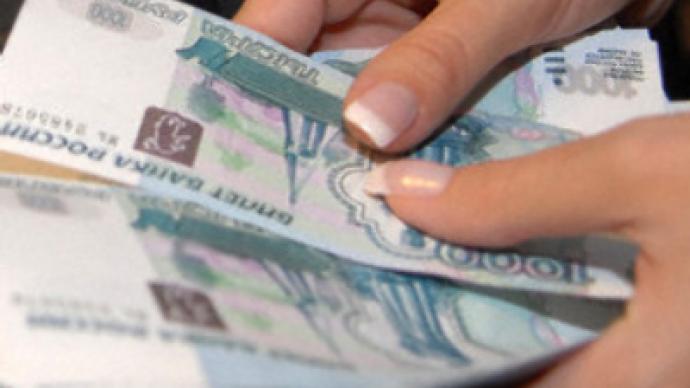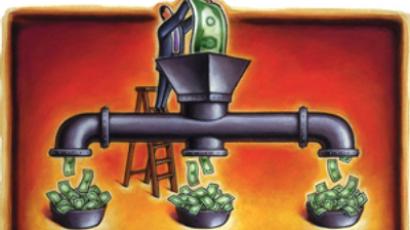Reserve Fund to support budget while Central Bank looks at Rouble support

Russia’s Finance Ministry says the nation's Reserve Fund will cover any budget shortfalls in the next 3 years. That claim will be put to the test later this year, with the budget likely to face a $125 Billion deficit.
Russia’s stash of oil money saved for hard times will be in demand sooner than many expected. The Finance Ministry is going to break into the country’s reserve fund this year to cover the budget deficit according to Pyotr Kazekavich from the Finance Ministry State Assets Department.
“We’ll have to use the reserve fund money to compensate for budget shortfalls. We think that this year is the peak of the financial crisis. So we’ll use a massive amount of this money in 2009 but hope part will be left for the next two years as well.”
Russia’s Reserve Fund is part of the former Stabilization Fund and currently stands at $137 Billion. The remaining $85 Billion forms the National Wealth Fund, intended for longer-term investment. Evgeny Nadorshin, Chief Economist at Trust Bank, says the Reserve Fund will be used to support the financial sector.
“The government also plans to use the reserve fund to support the financial system and is said to be considering pumping from $27 to $40 Billion more into the banking sector.”
Meanwhile, the Central Bank is also providing liquidity for banks, but that hasn't had the effect that was intended, as the banks have used it for currency speculation rather than lending. The Rouble fell to a new low on Tuesday, surpassing 36 Roubles to the dollar – the floor announced by the Central bank last month. Eric Kraus, Special Advisor to Otkritie Financial Corporation says the liquidity support provided by the Central Bank has been used for currency speculation.
“A lot of the banks and not just Russian banks have been trading against the ruble. And in many cases the Central Bank provided the liquidity with which to do this. The problem is that it’s also squeezes out other activities. There is one trade and everybody is doing it now. The Central Bank needs a better technical understanding of how to control this. If a few banks get into trouble and have to struggle to raise liquidity it will be a good lesson for the others.”
The Central bank is already limiting the volume of loans to banks and companies. Experts say it may also increase interest rates in an effort to rein in currency speculation.













